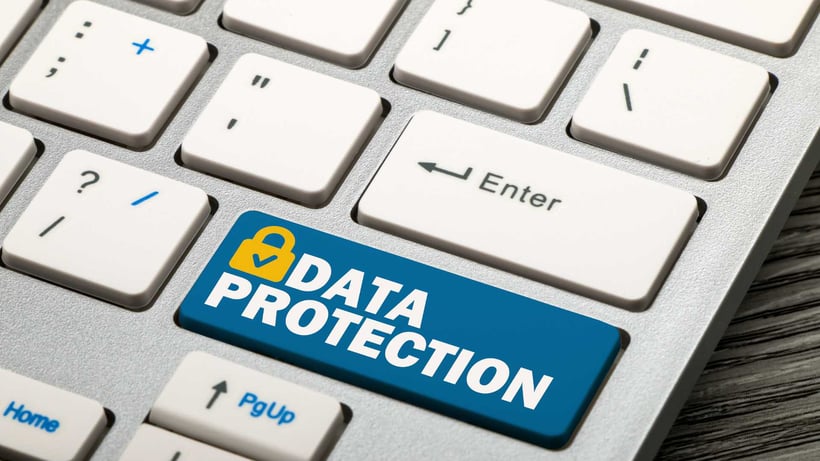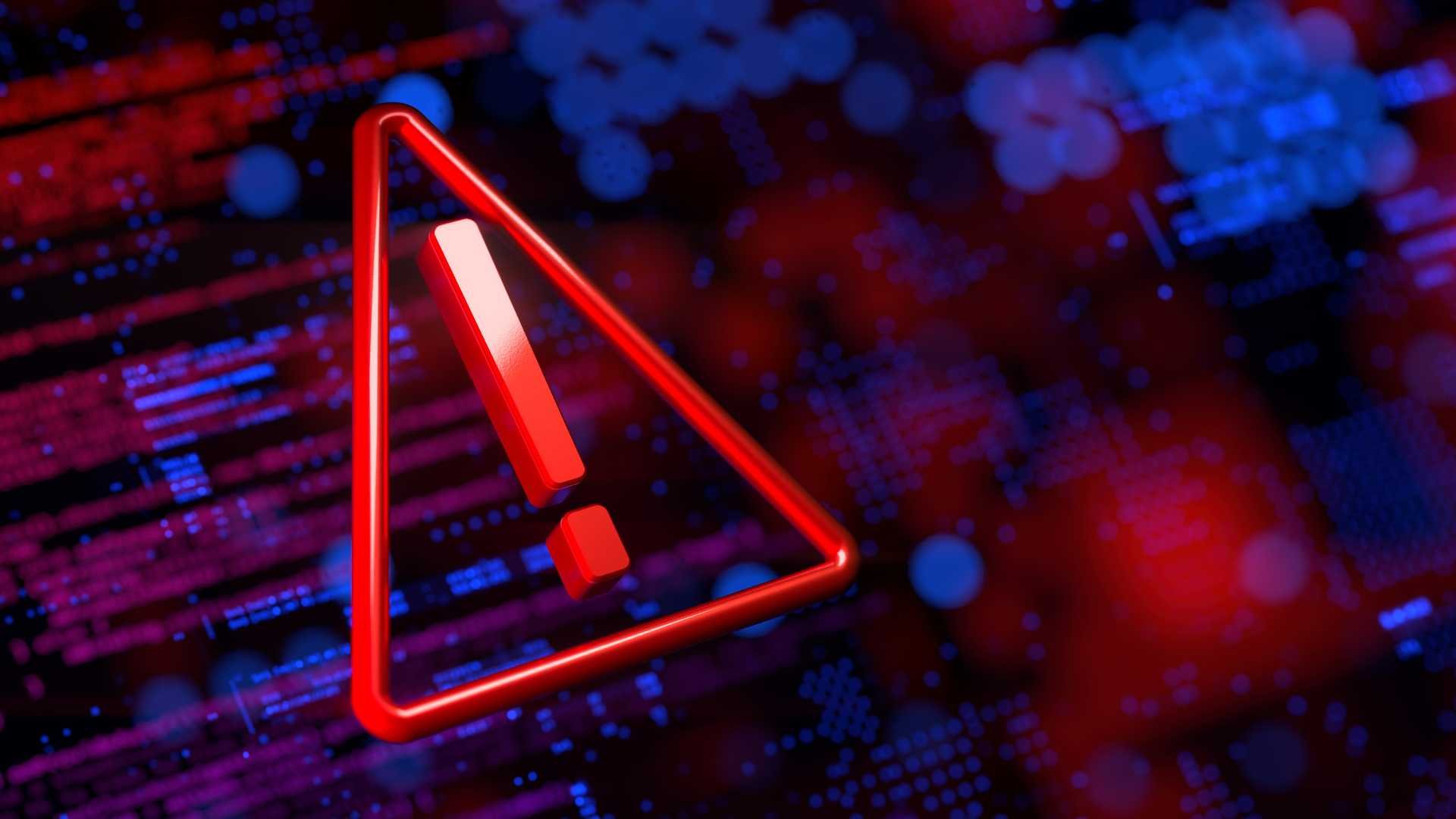IT Services for Accounting Firms: Ensuring the Security of Your Clients' Data
As a certified public accountant (CPA), you are entrusted with confidential client data. And as...
By: Chris Schalleur on Jan 13, 2024 7:05:03 PM

Despite the best efforts of organizations, data protection services, and managed cybersecurity services everywhere, it’s anticipated that cybercrime will cost the world $9.5 trillion in 2024—but make no mistake, this figure is only expected to grow.
The damage from cybercrime worldwide is expected to climb by 15 percent per year in both 2024 and 2025, likely reaching an estimated $10.5 trillion in annual damages in 2025. This is especially astonishing given that just 10 years earlier, annual cybercrime costs amounted to $3 trillion.
With these costs climbing as fast as they are, it’s no wonder cybersecurity is at the forefront of the minds of many busy professionals—especially those who handle sensitive data that’s particularly enticing for bad actors looking to make a profit.
Data protection is crucial for companies to safeguard sensitive information, maintain customer trust, comply with regulations, and avoid legal consequences. Several data protection services play a significant role in enhancing the overall security posture of a company. The most important data protection services for companies typically include:
Here are some of the major cybersecurity concerns we can expect to see in 2024—and beyond.
Artificial intelligence (AI) continues to learn from itself, meaning it’s only growing in complexity. While this does mean that AI is a great tool for security-minded organizations looking to detect, neutralize, and/or evade cyber threats like phishing and malware through the power of anomaly detection, AI-backed authentication, and automated incident response, it also means that cybercriminals are also finding new and enterprising ways to leverage AI to attack IT infrastructures of all kinds. As shared in Forbes, “If cyber attack and defense in 2024 is a game of chess, the AI is the queen—with the ability to create powerful strategic advantages for whoever plays it best.”
How might bad actors use AI to generate new kinds of threats? They can craft automated malware attacks that adapt and evolve to avoid detection, circumnavigating many threat monitoring and anti-malware detection tools.
Additionally, cybercriminals may use AI to create deepfake social engineering attacks that could fool even attentive eyes. Hackers may employ AI to analyze large volumes of data to engineer these targeted attacks, then draft very convincing, and even personal, messages to lure your team into sharing sensitive information.
But here’s the challenge: There aren’t many reliable automated detection tools available to identify AI-generated text or spot deepfakes—yet. Even voice cloning attempts can be hard to identify with available technologies. For now, the best course of action seems to be to verify requests with real people, to never send confidential or sensitive data via email, and to employ robust data protection services to defend your networks.
As cyber threats evolve and increase in complexity, and especially as we enter an election year, government agencies and organizations that handle regulated data are taking a closer look at the threats cybercriminals pose to national security and sensitive data like personally identifiable information and personal health data.
In the UK, for example, businesses must meet an April 2024 deadline to ensure compliance with new legislation for minimum security requirements and networked products, and the European Union (EU) has similar legislation set to go into effect in 2025. Legislators everywhere—including here in the US—are watching the threat landscape closely, and while many businesses already contend with HIPAA compliance and other similar regulations, it’s highly likely that more legislation is coming soon, especially as concerns regarding state-sponsored attacks are rising.
Additionally, the White House released executive orders focusing on AI and cybersecurity, establishing new Security and Exchange Commission disclosure rules that take effect at the end of 2023. Once in effect, the SEC will require public companies to disclose cybersecurity incidents within four days of discovery.

Many security experts agree that ransomware will continue to be a top threat to businesses in 2024. The problem is that ransomware groups are getting more targeted and more sophisticated in the techniques they use to go after their victims.
This includes going after third-party tools and leveraging the vulnerabilities of a business’s software partners to work their way into IT infrastructures and even attack several targets all at once.
For a brief moment, it seemed that these ransomware attacks might slow down amid the Russian siege on Ukraine—as a majority of ransomware groups are based in Russia and Eastern Europe. However, groups from the US, the UK, and South America are popping up and targeting large names like Microsoft, Uber, and Samsung with ransomware- and social engineering-based attacks and finding considerable financial success through their malicious efforts.
As a result, we can expect to see a more diverse range of ransomware groups, many of which may have a better understanding of Western social norms, which they can use for phishing and social engineering attempts that are harder to detect.
Malware is already a pervasive issue, but experts are predicting that bad actors will use it to hijack user sessions and steal sensitive data. These cybercriminals are using malware to bypass authentication mechanisms via infected browsers and take all kinds of high-quality data through techniques like session hijacking and cookie hijacking.
Through each session, info stealer malware can abscond with usernames, passwords, session cookies, and even financial data like credit card details and banking information, then sell this exposed data on the darknet.
From here, bad actors can take all these details and use them to impersonate real people within your organization and ultimately leverage the information to gain total access to your corporate network. It’s like giving cybercriminals the keys to the kingdom. Once inside your network, they can pose as legitimate users and launch complex cyber attacks against your organization without getting noticed.
Securing Internet of Things (IoT) devices continues to prove a challenge for the organizations that use them. IoT devices are the most common target for external attacks, falling prey to the efforts of cybercriminals more often than mobile devices or computers.
But that doesn’t mean that organizations are using them any less, and as Forbes explained, “More devices talking to each other and accessing the internet means more potential ‘ins’ for cyber attackers to take advantage of.” This is especially true with the continued trend toward a more flexible work environment and more people working from home. As users connect remotely and share data via these devices, the IoT will continue to be a source of risk.
Bad actors use these devices like unlocked doors to work their way into an organization’s network. Once they access the device, they can enter the network undetected, infecting the infrastructure with fileless malware.
Part of the issue is that even moving into 2024, there is no established set of security standards for the makers of IoT devices, so security remains inconsistent. What’s more, the organizations that use these IoT devices often struggle to keep track of all of their devices and stay current with updates—so even when manufacturers release security patches, not all businesses get the memo. As a result, IoT devices remain a cyber weak spot in many IT infrastructures.
Certain industries should pay extra attention here. The global medical IoT market is expected to reach $187.6 billion by 2028, quadrupling its worth from 2020. Sensitive medical data is an appealing target for bad actors, and wearable and portable smart medical devices may present network vulnerabilities—and they may also be an (exploitable) matter of life and death.
Many organizations are continuing their shift to remote work in 2024, which increases the need for strong network security. This includes a zero-trust architecture, which can help protect against external and internal threats.
For quite some time, organizations relied on a sort of “castle-and-moat” defensive strategy, focusing their cybersecurity efforts on strengthening their network perimeters to keep bad actors out, meaning that once credentials users are seen as “trustworthy,” they can gain access to network systems and organizational data without having to prove who they were for each new system or attempt.
However as organizations operate more of their operations and store more of their data out of the cloud, remote employee access poses new threats and vulnerabilities. For unauthorized users and malicious actors, it could mean that once they gain access (via a user’s unsecured remote device or at-home network, for example), they can access an organization’s entire network. This is where zero-trust architecture comes into play.
The philosophy of zero trust eliminates any shred of implicit trust within an organization’s IT infrastructure as part of their cybersecurity strategy, building multiple layers of protection into the user network and requiring some kind of authentication at every step and every access request.
The main idea behind a zero trust architecture is that it requires all users—internal team members, remote and IoT devices, and outside partners alike—to always verify their identity, no matter what, even after they gain access to the network. Systems are more complex than ever before, and security-minded teams are building protections into every aspect of their business strategy and every perimeter of their network, including remote access, third-party vendors, and IoT devices.
Looking ahead to 2024, zero trust will be much more flexible and adaptive than ever before, powered by AI and continuous authentication and activity monitoring in real-time to keep up with the changing threat landscape.

As cybersecurity concerns change, it’s essential to implement modern protections. After all, your cybersecurity needs won’t stay the same year after year—you need a modern strategy that’s tuned into the unique needs of your industry to keep up with these shifts. An IT service provider focused on important concepts like data protection services, robust disaster recovery and backup solutions, proactive threat intelligence, and continuous monitoring will be the key to staying current in 2024 and the coming years.
Christo IT’s team of dedicated Level II engineers provides the data protection services and IT services you need to assess and evolve to meet your cybersecurity and IT needs in 2024. Examples of the kinds of services available to keep you running smoothly include:
Start 2024 strong. Connect with us today to learn how we can help.
As a certified public accountant (CPA), you are entrusted with confidential client data. And as...
In 2023, there were 2,365 cyber attacks and other security-related incidents, totaling 343,338,964...
Data breaches are becoming more common—and more costly—across every industry, but none more so...